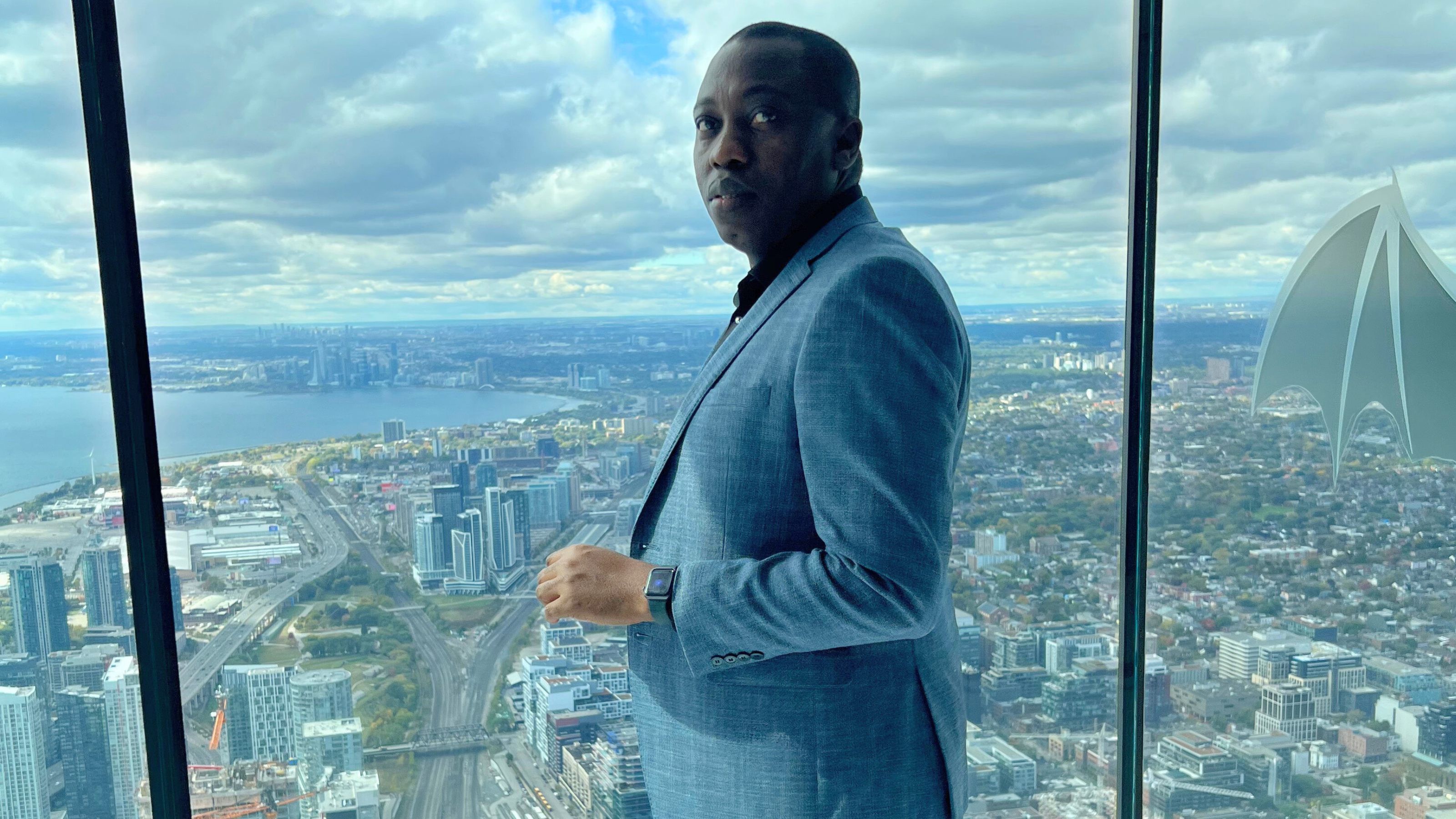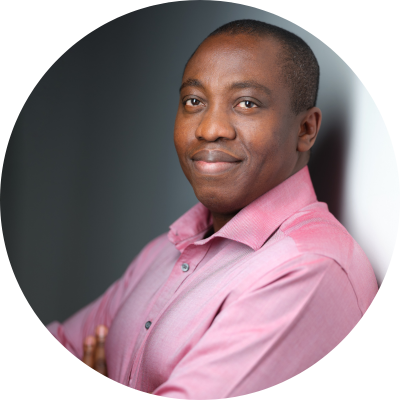In this week’s Innovator Spotlight, hear from Victor Ezeugwu, physical therapist and assistant professor in the Department of Physical Therapy, as he provides insight on his work covering stroke, Parkinson’s disease, frailty and Long COVID.
How do you describe your work to people who don’t work in your field?
I study how people move or don’t move throughout the day. Using devices, I measure physical activity, sedentary behaviour, and sleep to understand how these behaviours impact health. Additionally, I design health-promoting interventions using behaviour-change methods that incorporate wearable activity sensors. My work covers various populations, including those with stroke, Parkinson's disease, frailty, and more recently, Long COVID.
What’s one big problem you want to solve through your work?
My research has primarily focused on stroke. One significant aspect often overlooked in stroke care is sedentary behaviour - excessive sitting or lying with low energy expenditure. I aim to address this gap by quantifying sedentary behaviour and developing effective strategies to support individuals with stroke and their care partners, helping to reduce prolonged sedentary behaviour early after stroke. We have a recently published protocol paper in this area. Our work not only aims to optimize functional recovery and promote better cardiometabolic health but also to explore the potential applicability of this low-cost rehabilitation approach in less-resourced settings or remote areas.
What does the word “innovation” mean to you?
It means being creative and instigating positive change in society by introducing something new or making alterations to existing services to enhance efficiency, contributing to the betterment of society. I believe that measuring something is a foundational step toward change.
What’s been your biggest a-ha moment — in life or work — so far?
As an early career researcher, a significant moment for me was when patients with stroke and their care partners embraced an intervention program titled STand Up Frequently From Stroke (STUFFS), which we developed during my PhD training here at the U of A with Dr. Trish Manns. A prior Folio publication highlighted some features of the program. That program received several awards from Alberta Innovates through the Clinician Fellowship stream, Glenrose Rehabilitation Hospital Foundation, the College of Physical Therapists of Alberta through the Clinical Research Innovation Fund and the Physiotherapy Foundation of Canada through the Ann Collins Whitmore Memorial Scholarship.
How do you or your team come up with your best ideas?
Most of my best ideas have originated from my experiences as a clinician. Some have surfaced during quiet moments, often right before bedtime. I also believe that the most exceptional ideas emerge through collaboration with other researchers, clinicians, and patients/care partners to help solve real-world problems.
What’s your favourite thing about working at the U of A?
The people! I have been very fortunate that I trained and now work at the U of A. I look forward to coming to work because of the amazing people in my department, faculty, and the university. I have a good team made up of amazing students and staff.
Do you have a role model at the U of A? How have they influenced you?
I have several role models at the U of A who have greatly influenced me. Dr. Trish Manns (my PhD supervisor) has been a great mentor and colleague from whom I continue to learn. I have also been fortunate to work with other exceptional and supportive researchers – Dr. Piush Mandhane (Pediatric Respirology) and Dr. Valerie Carson (Kinesiology, Sport, and Recreation) - my postdoc supervisors who have significantly shaped my research journey. Dr. Brian Buck (Stroke Neurology) is very supportive and a wonderful collaborator. Dr. Daniel Aalto (Communication Sciences and Disorders) is a supportive mentor and friend. I am most grateful for all the support and guidance that I have received and continue to receive from these amazing individuals!
In Shape: The University Strategic Plan 2023-2033, the University of Alberta commits to having a positive impact on our students and staff, our communities, and the communities we serve here in Alberta and around the world. What are the impacts of your work?
Through my research, collaboration with colleagues, and community engagement, I prioritize the sustainability and impact of research projects. In our work we actively engage with community partners, shaping and reshaping rehabilitation approaches to be more precise and patient/family-centred. My contributions to Shape extend to training the next generation of physical therapists and rehabilitation scientists while facilitating the translation of our research findings through various channels.
What’s next for you? Do you have any new projects on the horizon?
As I look ahead, I am thrilled about the exciting projects on the horizon that align with my passion for advancing rehabilitation research. Currently, my team and I are exploring a new initiative focused on return-to-work interventions for individuals living with Long COVID. Also, we have established collaboration with the Parkinson’s Association of Alberta to explore the impact of a multicomponent approach to activity programming for people living with Parkinson’s disease and their care partners. Additionally, we are collaborating with a geriatrician, a hepatologist, and the Alberta Health Services prehabilitation working group on a study aiming to optimize outcomes for patients undergoing surgery. These projects resonate with the U of A’s vision of uplifting the whole community for the public good.

